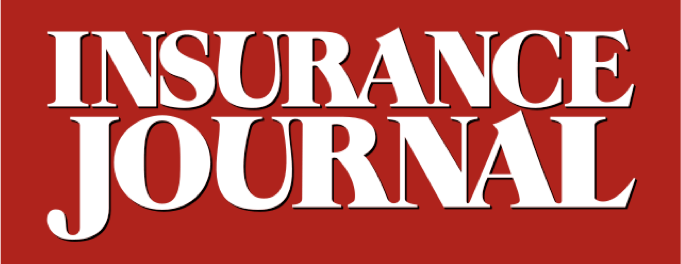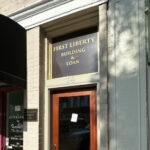The California Department of Insurance completed a review of the KCC US Wildfire Reference Model Version 3.0, making it the state’s second wildfire catastrophe model.
The new model for use by insurers in assessing wildfire risk in property insurance ratemaking was created under the state’s new regulatory framework to address a growing homeowners insurance crisis in California.
The KCC model was reviewed under the newly established Pre-Application Required Information Determination Procedure, which paves the way for insurers to use the catastrophe models for ratemaking.
The Verisk Wildfire Model for the United States was reviewed through the PRID. The CDI and Verisk announced the review of that model was completed in late July.
Rising rates and lack of availability have driven the state into a homeowners insurance crisis, pushing people in the insurer of last resort, the California FAIR Plan, and into surplus lines. Surplus lines homeowners insurance transactions were up 119% in the first half of the year from the same period last year, when transactions were already on the rise, according to new data from the Surplus Line Association of California.
The pain inflicted on California’s property market has grown steadily in the last few years after a series of devastating wildfire seasons—CalFire data show that seven of the state’s 10 most destructive wildfires have occurred in the last 10 years. That trend has been followed by numerous carriers pulling back from writing new policies in the state and seeking large rate hikes.
The L.A. wildfires made things worse. The blazed destroyed more than 16,000 structures and killed 30 people. Estimated insured losses from the L.A. wildfires range between $30 and $35 billion.
Several big carriers, including State Farm, Allstate, Farmers, and Mercury, reported paying more than $1 billion in claims from the wildfires. One of those companies is State Farm, which as of mid-June reported receiving 12,855 total claims related to the fires and paid out more than $3.96 billion.
State Farm, which insures roughly one-in-five California homeowners, has asked for a large rate hike, based partly on the carrier’s massive losses from the fires.
The carrier upped its rate request in May, a week after getting the OK for a large rate hike to what the company had originally wanted before being rejected and agreeing to an interim deal for an increase. The wildfire-bitten insurer got approval for a 17% rate increase following billions of dollars in losses from the Los Angeles wildfires and pullback on writing new policies in the state.
A report from a climate activist group says State Farm’s rate increases would cost the average California homeowner more than $1,000. An analysis from the Center for Climate Integrity says that if the additional increase is approved, the average California policyholder will be paying $1,015 more for homeowners insurance in 2026 than they did in 2023.
Catastrophe models are accepted as a part of ratemaking in all states. The Verisk Wildfire Model is already approved by the Nevada Division of Insurance.
The KCC wildfire model has already been accepted for rate filings in 24 other states, according to the Boston-based firm. The firm said the KCC model incorporates the impacts of climate change and accounts for mitigation efforts at property and community levels to encourage the reduction of wildfire risk.
In exchange for being able to use modeling in rate making, insurance companies will be required to write more policies in wildfire-distressed areas.
The CDI is reviewing models submitted by Karen Clark and Company and Moody’s.
Was this article valuable?
Here are more articles you may enjoy.


 Son of Ponzi-Accused Georgia Building & Loan Founder Now an Insurance Agent
Son of Ponzi-Accused Georgia Building & Loan Founder Now an Insurance Agent  UPS Ripped Off Seasonal Workers With Unfair Pay Practices, Lawsuit Alleges
UPS Ripped Off Seasonal Workers With Unfair Pay Practices, Lawsuit Alleges  Viewpoint: Artificial Intelligence Is Rewriting the Rules for Commercial Lines
Viewpoint: Artificial Intelligence Is Rewriting the Rules for Commercial Lines  Cessna Jet Tied to Nascar Driver Greg Biffle Crashes in North Carolina
Cessna Jet Tied to Nascar Driver Greg Biffle Crashes in North Carolina 

